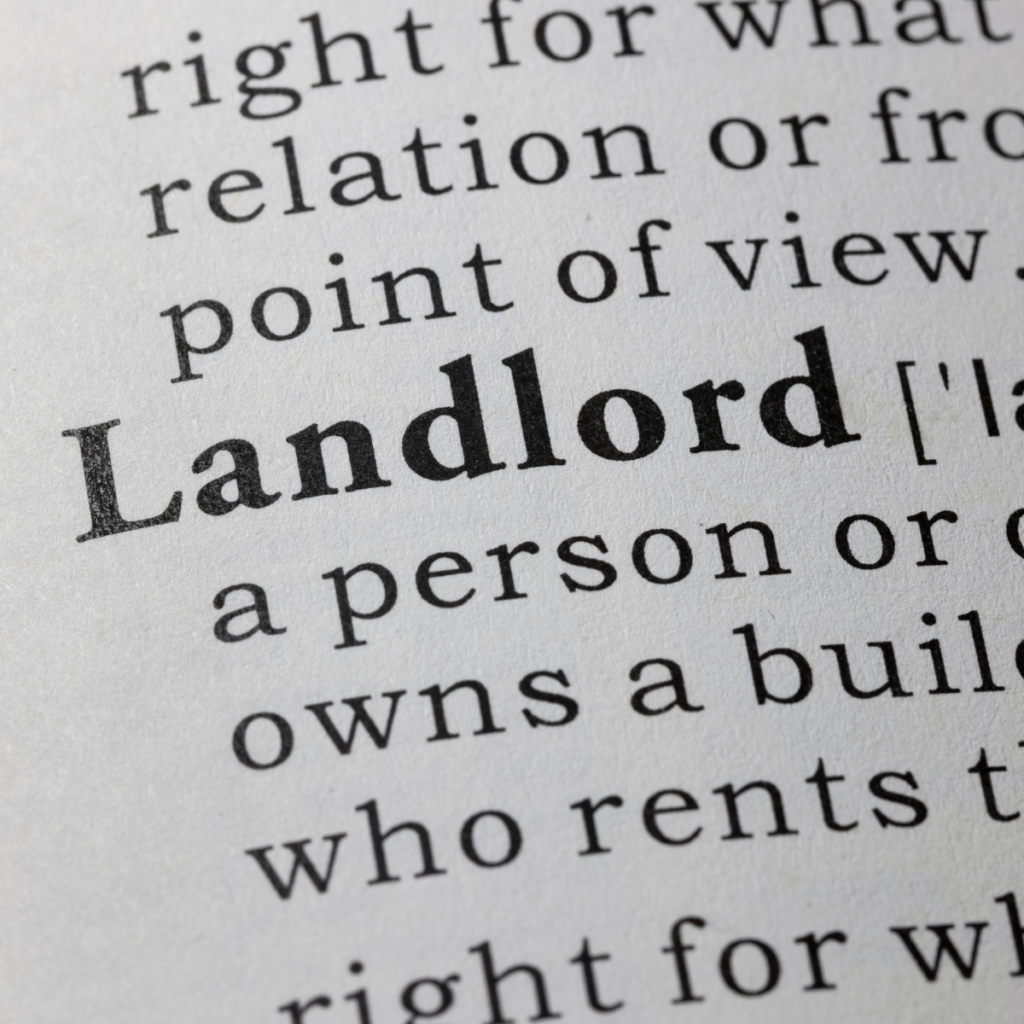Becoming a Landlord
Embarking on the journey of becoming a landlord entails understanding the intricacies of your new role. From determining your landlord type to navigating property choices and grasping tax and legal implications, a thorough understanding is essential to ensure a profitable venture.
Exploring the Motivation Behind Becoming a Landlord
For many individuals, the allure of becoming a landlord lies in the prospect of generating passive income. With over 4.4 million households residing in England’s private rented sector, ample opportunities await. However, achieving success as a landlord and securing a property with a satisfactory return on investment demands dedication, diligence, and a touch of fortune, often facilitated by a proficient agent.
While the benefits of landlord ship are compelling—such as a potential income stream and tax-deductible expenses—the decision to become a landlord also entails deliberating on its drawbacks. Landlords must contend with tax obligations on rental income, the immobilization of funds tied up in properties, maintenance responsibilities, legal compliance, and the administrative burden of tenant management.


Diverse Archetypes of Landlords: Identifying Your Role
The landscape of landlord ship encompasses various categories, each with its distinct characteristics and considerations. Understanding your landlord archetype is pivotal, influencing property selection, tenant preferences, management preferences, and potential business registration.
- Professional Landlords: Comprising approximately 14% of the private rented sector, professional landlords derive their livelihood from property portfolios, often self-managing their investments. They frequently oversee Houses in Multiple Occupation (HMO) and may opt for corporate structures like Limited Companies or Partnerships due to tax considerations.
- Buy-to-Let Landlords: Constituting about 42% of the private rented sector, buy-to-let landlords typically own one or two properties, leveraging them to generate passive income for pension funds or mortgage payments on other properties.
- Accidental Landlords: Representing over a quarter (28%) of the private rented sector, accidental landlords inadvertently enter the realm of landlordship due to circumstances such as unsuccessful property sales or life changes.
- Short-Term Landlords: Accounting for approximately 8% of the private rented sector, short-term landlords engage in transient rentals, often leasing their residences for brief periods during vacations or temporary work assignments.
5. Inherited Landlords: Comprising an estimated 8% of the private rented sector, inherited landlords inherit properties and opt to rent them out instead of selling.
6. Let-to-Buy Landlords: Conforming to merely 2% of the private rented sector, let-to-buy landlords rent out their current homes to tenants while procuring new residences for personal occupancy.
Navigating Tenancy Agreements: A Guide with Premier Locations
Selecting the appropriate tenancy agreement is a critical aspect of your journey into landlordship in the UK. However, the myriad options available can often be perplexing. Below, we outline some of the most prevalent types of tenancy agreements to help you make an informed decision.
Assured Shorthold Tenancy (AST): ASTs are the most common type of tenancy agreement, typically featuring initial fixed terms of six or 12 months. They can be applied to entire properties or individual rooms, such as those in a House in Multiple Occupation (HMO). During an AST, rent increments are permissible only with tenant consent or through clauses stipulating rent reviews. Furthermore, tenant deposits must be safeguarded within a government-approved deposit protection scheme.
Non-Assured Shorthold Tenancy: Reserved for specific circumstances, non-assured shorthold tenancy agreements are utilized when ASTs are unsuitable. This may be due to various factors, such as an annual rent below £250, the property not serving as the tenant’s primary residence, or cohabitation with the landlord without shared facilities.
Excluded Tenancy: Designed for lodgers who reside within the landlord’s property and share facilities, excluded tenancies offer fewer protections and rights to tenants compared to ASTs.
Assured Tenancy: Housing associations commonly employ assured tenancy agreements, offering tenants lifelong tenancy arrangements that terminate only upon voluntary departure or eviction.
When you engage with Premier Locations, we handle the drafting of tenancy agreements on your behalf, leveraging our extensive knowledge and expertise to facilitate your journey toward successful landlordship.
Essential Steps to Becoming a Landlord
Embarking on the path to landlordship entails several key steps:
- Property Acquisition: Acquire suitable properties for letting, considering factors such as location, amenities, and potential rental yield.
- Legal Compliance: Familiarize yourself with legal requirements and obligations imposed on landlords, ensuring adherence to regulations governing tenancy agreements, safety standards, and deposit protection.
- Tenant Screening: Implement thorough tenant screening processes to select reliable occupants for your properties, minimizing risks associated with rent arrears and property damage.
- Property Management: Develop efficient property management protocols, encompassing maintenance, repairs, and tenant communication, to ensure smooth tenancy experiences and property upkeep.
- Financial Management: Establish robust financial management practices, encompassing rent collection, expense tracking, and tax compliance, to maintain financial viability and mitigate risks.

A Comprehensive Guide to Embarking on Landlordship with Premier Locations
1. Understand the Responsibilities of Landlordship
- Deposits: Landlords must securely hold deposits in government-approved schemes.
- Finances: Maintain meticulous financial records essential for self-assessment tax returns.
2. Ensure Property Compliance and Safety
- Property Maintenance: Undertake necessary repairs and ensure property safety.
- Safety Standards: Adhere to gas safety checks, fire safety regulations, carbon monoxide alarm installation, and possess a valid Energy Performance Certificate (EPC).
3. Check Landlord Requirements and Obtain Necessary Registrations and Licenses
- Jurisdictional Variations: Familiarize with regulations governed by local councils or regional parliaments/ assemblies in England, Wales, Scotland, and Northern Ireland.
4. Obtain Landlord Insurance for Comprehensive Protection
5. Calculate Costs and Determine Rent
- Cost Assessment: Factor in expenses, vacancy periods, and potential emergency repair costs.
- Rent Evaluation: Compare with similar properties in the local area to establish competitive rental rates.
6. Decide on Self-Management or Utilizing a Management Company
- Management Options: Weigh the pros and cons of self-management versus employing a professional letting agency like Premier Locations.
7. Tenant Acquisition and Legality Verification
- Tenant Screening: Seek suitable tenants and ensure legal eligibility for renting.
- Right to Rent: Prior to tenancy agreement, verify each tenant’s legal right to rent the property.
Feeling overwhelmed?
Rest assured, Premier Locations offers a plethora of resources catering specifically to landlords, covering tax obligations, rights, and responsibilities. Our knowledgeable lettings experts at your local Premier Locations branch are ready to guide you through the process, addressing any queries and assisting with the next steps towards becoming a landlord.
How Premier Locations Facilitates Your Landlord Journey
Entrusting your property to Premier Locations guarantees expert guidance and comprehensive services tailored to your needs. Whether seeking tenant placement or full property management, our nationwide team of letting specialists, backed by extensive expertise, ensures you excel as a landlord under our stewardship.

